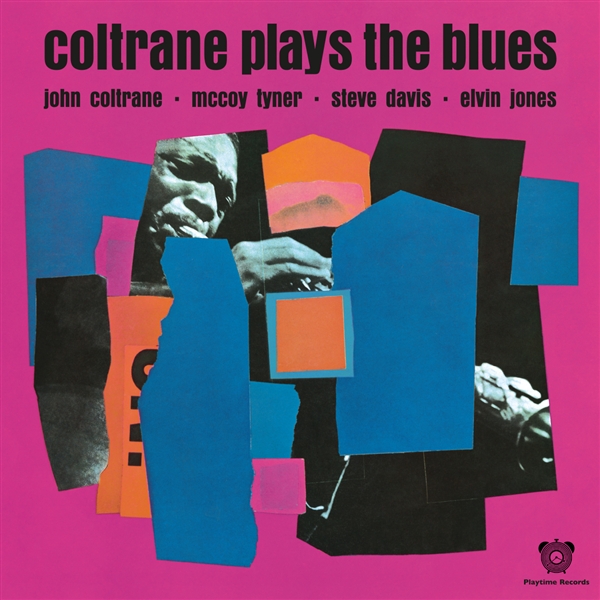
Coltrane, John
Coltrane Plays The Blues
When this album was first released in July 1962, John Coltrane had already concluded his contract with Atlantic Records and was recording for Impulse Records. However, Atlantic decided to release some unissued recordings from My Favourite Things sessions (October 1960) as a new album. This wasn't a new practice; from 1958 to 1962, Prestige Records had already put out several albums using unreleased recordings from their archives. Atlantic had already carried out a similar move by releasing Bags & Trane (recorded with Milt Jackson). This explains why Coltrane, and many other artists, have "parallel discographies" one set of artist-approved albums and another made up of record label-assembled releases. Although the latter set might seem like a "B-series", it features some of the most intriguing recordings. Just a few seconds of the piano riff in Blues to Elvin is enough to pull you into an incredible performance. McCoy Tyner's unmistakable touch shines through as he creates elegant musical textures that perfectly support Coltrane's warm and muscular saxophone. Meanwhile, Steve Davis' bass is subtle yet persistent, always moving forward. And, last but not least, Elvin Joneswho composed the trackplays the drums with a build-up that steadily rises to a powerful climax over the course of the seven-minute performance. Some jazz listeners may view the (seemingly) simple blues structure of the tracks as a step back in Coltrane's sound, but that would be a major misconception. Firstly, the Coltrane quartet doesn't just play "plain blues"; they enrich this traditional form with fresh elements, honouring the cultural foundation that gave rise to the various branches of music we now call Blues, Jazz, Fusion... all while avoiding any nostalgic approach. Secondly, what rock critics would later call a "concept album", this record offers a new, hybrid interpretation of the Blues, where exoticism (highlighted by the unusual soprano sax), avant-garde elements, and a bluesy feel seamlessly come together. To further enhance the funkiness of this release, Tyner sits out on two tracks from Side A (Blues to Bechet and Blues to You). As The Penguin Guide to Jazz reports, this change in the line-up delivers "a first experiment with a pianoless trio since [Coltrane's] Prestige days. Here once again simplicity of statement and sophistication of harmonic structure lie in fertile balance." The blend of primitivism and melodic sophistication reaches its peak in the closing track, Mr. Knight, where the roots of black music and modern jazz engage in a powerful dialogue. Davis begins with a two-note motif, evoking a tribal dance, before Jones adds his driving rhythm. Then Tyner comes in with one of the finest solos of his career, while Coltrane's sax soars through the air. The rest is history. Despite being overshadowed by its "twin" album (released more than a year earlier), Coltrane Plays the Blues has since attained cult status and received universal critical acclaim. As Coltrane biographer Ben Ratliff noted, it "turned out to be one of the great records in jazz!"